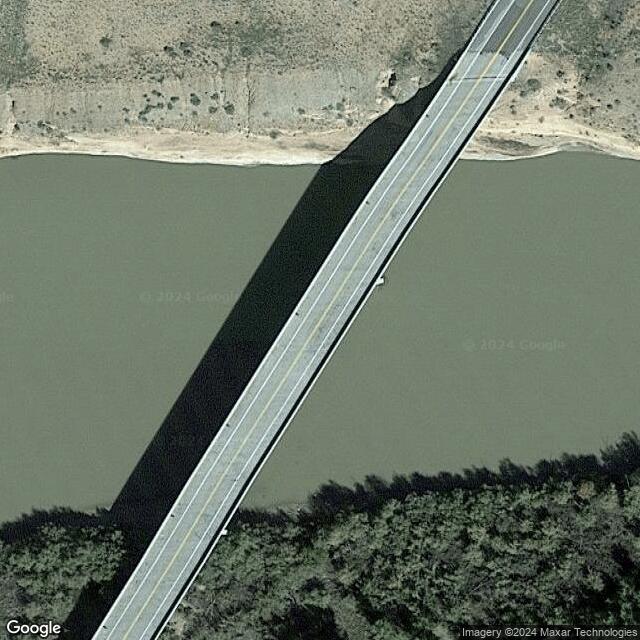
Dewey Suspension Bridge UT
Motorcyclist Map

Places Filter: Historic
View In Google Maps: https://maps.app.goo.gl/xjMLJFfTRSp6RweZA
Description: The Dewey Bridge was a historic suspension bridge located in Utah, United States. Here is some information about the Dewey Suspension Bridge: Location: The Dewey Bridge was situated over the Colorado River near the town of Moab, Utah, approximately 30 miles northeast of Moab. It spanned the river, connecting the nearby areas. History: The bridge was constructed in 1915 and named after George Dewey, a naval hero of the Spanish-American War. It played a significant role in the region's transportation system, providing a vital river crossing for travelers, including early settlers, ranchers, and miners. The bridge was an important link in the development of the surrounding areas. Design: The Dewey Bridge was a suspension bridge with wooden planking and steel cables. It had distinctive "H" frame towers that supported the cables and the road deck. The bridge's design was similar to other suspension bridges of its era. Fire: Tragically, the Dewey Bridge was destroyed in a fire on April 6, 2008. The fire was caused by a child playing with matches near the bridge. The intense flames quickly consumed the wooden structure, leaving only the stone piers in the river intact. Remnants: While the wooden structure of the bridge was lost in the fire, the stone piers that supported the bridge remained, offering a historical reminder of the bridge's existence. These stone piers can still be seen today, and they serve as a landmark and historical site along the Colorado River. Legacy: The Dewey Bridge has left a lasting legacy as a symbol of transportation history in the region. Visitors to the area can learn about the bridge's history and its significance in connecting communities and facilitating travel in the early 20th century. Replacement: After the bridge's destruction, a new Dewey Bridge was built nearby, but it is a modern concrete structure and not a suspension bridge like the original. The new bridge serves as a river crossing for vehicular traffic.